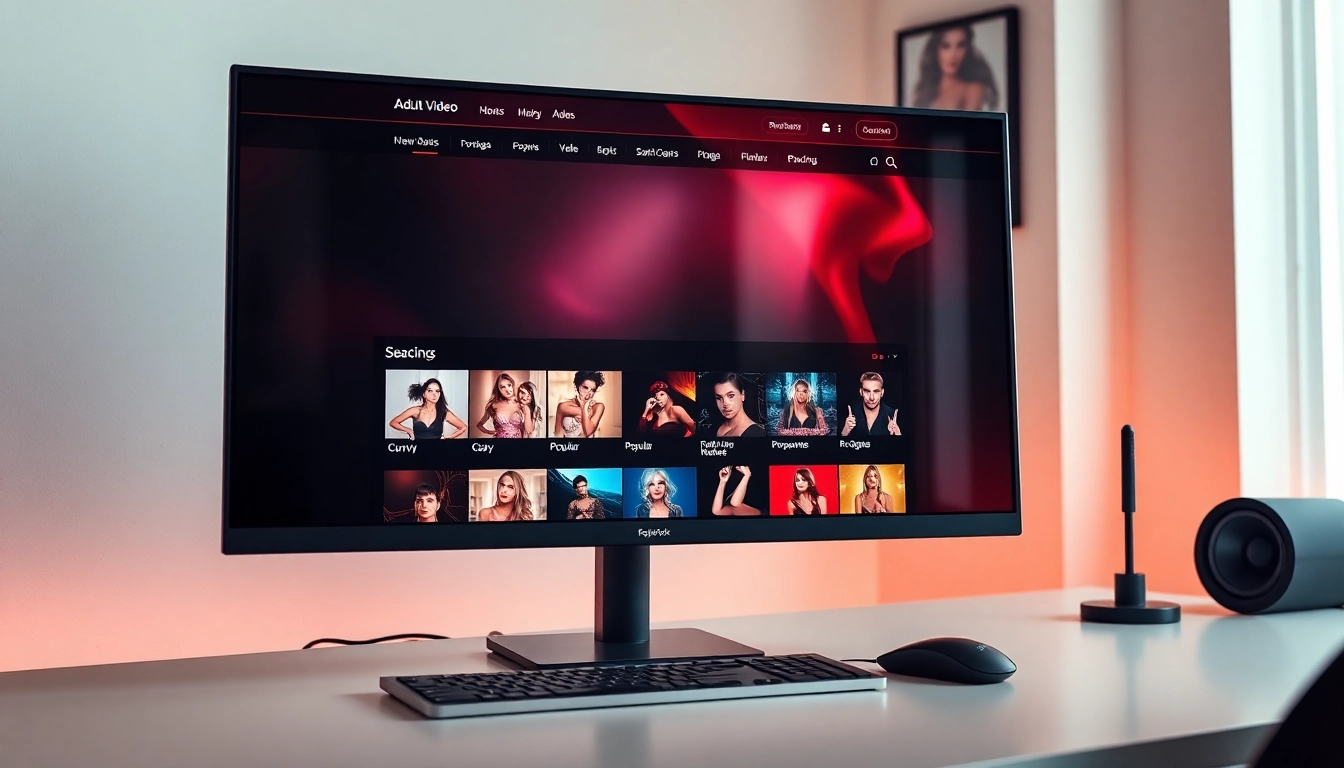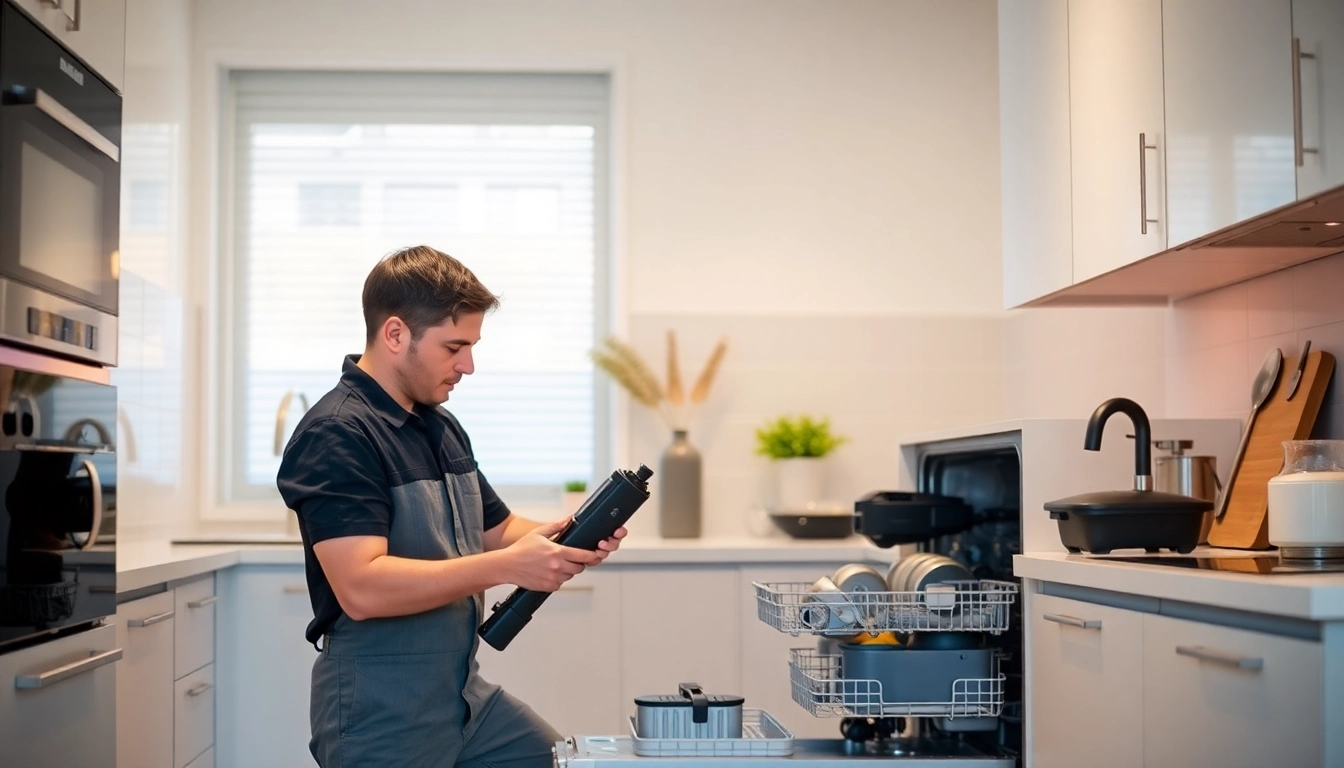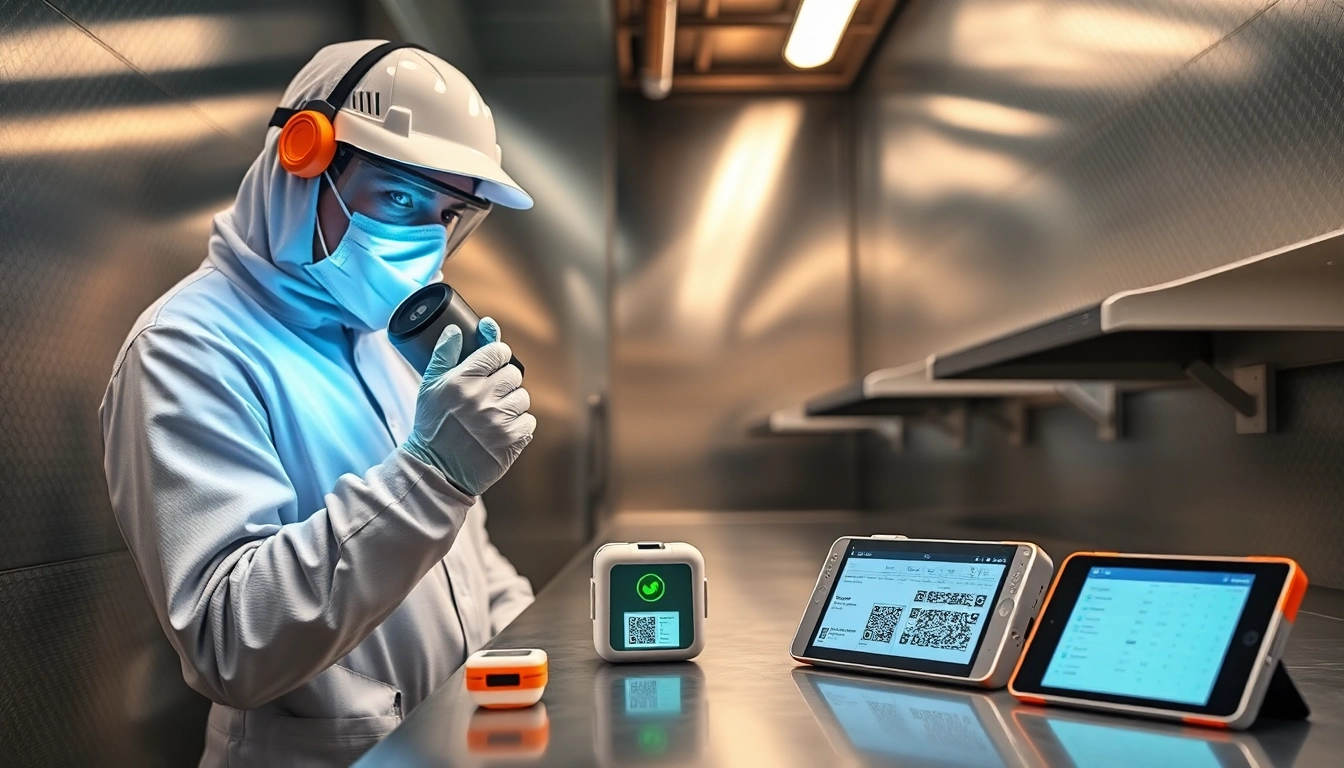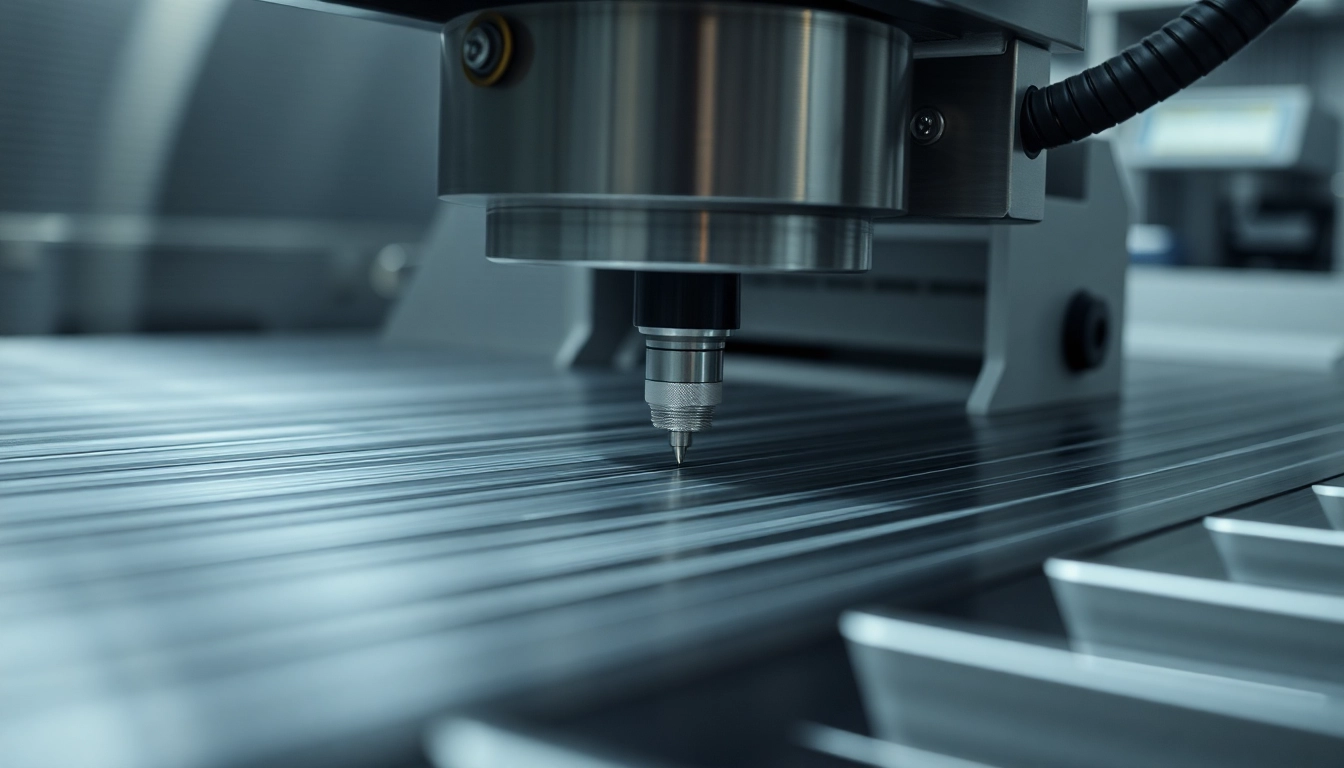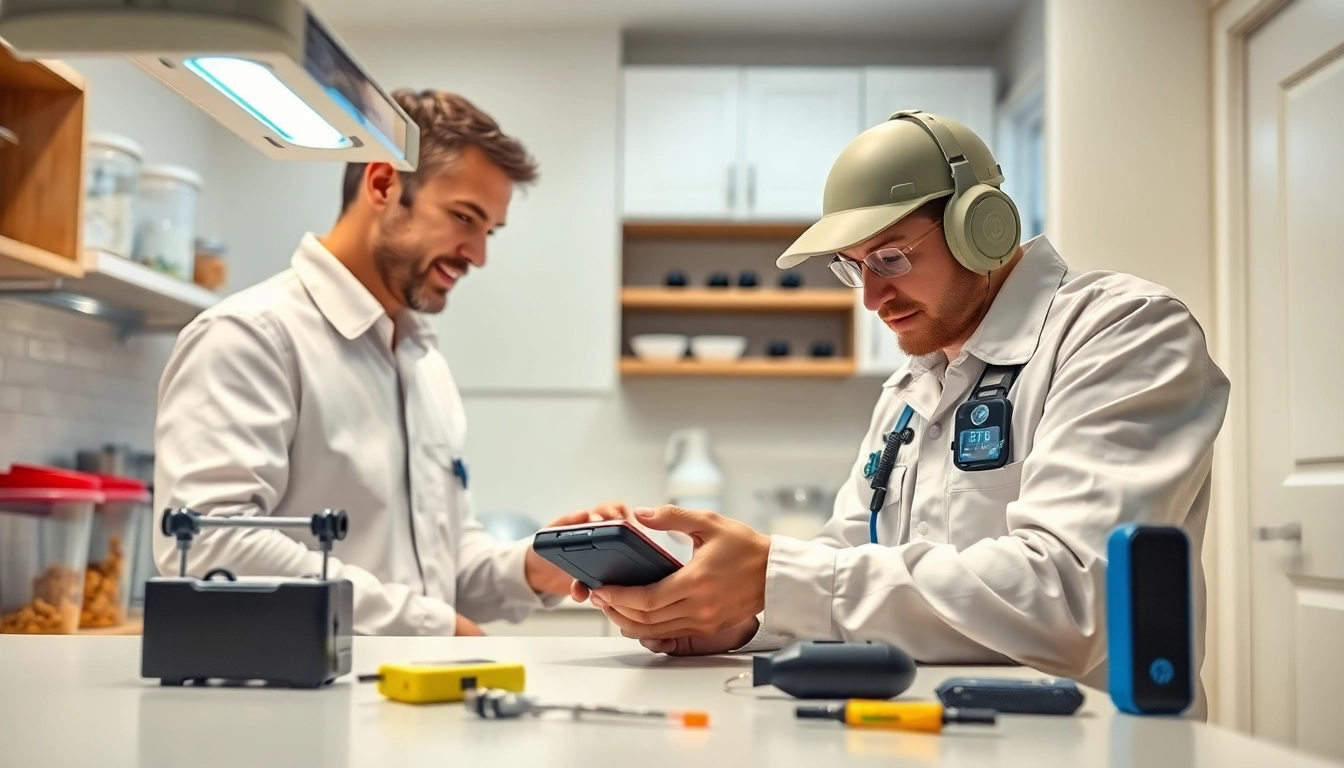
Introduction: The Importance of Prompt Mice Control to Prevent Damage and Health Risks
Mice infestations pose significant challenges for both residential and commercial environments. Their rapid reproduction, extensive damage potential, and health hazards make timely intervention critical. When mice invade a space, they don’t just cause nuisance; they threaten safety, compromise hygiene, and can lead to costly repairs. Recognizing the urgency of effective mice control, many businesses and homeowners turn to professional solutions for swift and sustainable results. For those seeking expert assistance, Muizen bestrijden offers comprehensive integrated pest management strategies designed to eliminate mice efficiently and responsibly.
Don’t wait until a small problem becomes an overwhelming crisis. The longer mice are left unchecked, the greater the risks of structural damage—gnawed electrical wiring increasing fire hazards, contamination of food supplies, and potential health issues from disease-carrying urine and droppings. Proactive, professional mice control ensures your environment stays safe, hygienic, and compliant with health standards, safeguarding your assets, reputation, and well-being.
The Risks of a Mice Infestation: Health Hazards, Electrical Damage, Food Contamination
Health Hazards Associated with Mice
Mice are not just a nuisance; they are carriers of numerous pathogens. Their urine, droppings, and nesting materials can harbor bacteria and viruses such as salmonella, hantavirus, and listeria, which pose serious health risks to humans. In enclosed environments like food processing plants, hospitals, or homes, these risks are magnified. Microdruppels of mouse urine can contaminate surfaces, foodstuffs, and utensils, leading to outbreaks of gastrointestinal illnesses and other infections. Especially vulnerable populations—children, elderly, or immunocompromised individuals—are at heightened risk.
Electrical Damage and Fire Risks
Gnawed electrical wiring is among the most dangerous consequences of a mice infestation. Mice have a natural tendency to chew on soft materials, and electrical cables are irresistible to them. This can lead to short circuits, equipment failures, and, in worst cases, fires. The financial burden of replacing damaged wiring and the potential safety hazards make this an urgent concern. Preventing mice from accessing electrical systems is a cornerstone of an effective integrated pest management plan.
Food Contamination and Material Damage
Mice are notorious for contaminating food stocks. They can gnaw through packaging, leaving food exposed to urine, droppings, and bacteria. In food production and storage facilities, even a single mouse can lead to product recalls, regulatory penalties, and loss of consumer trust. Besides food, mice damage property by gnawing on insulation, wood, and plastic components, resulting in costly repairs and downtime.
The Initial Assessment: Inspection Techniques Using UV Light, Endoscopes, and Monitoring Devices
Effective mice control begins with a thorough initial assessment. A certified pest management professional conducts an on-site inspection, utilizing advanced tools to accurately locate and evaluate the infestation. UV light inspection reveals traces of urine and nesting sites invisible to the naked eye, helping to identify active areas. Endoscopes allow technicians to peer into hidden spaces, such as wall cavities, pipes, or voids, uncovering nests and entry points that are otherwise inaccessible.
Monitoring devices, including non-toxic sensors and electronic traps, provide real-time insight into mouse activity levels. These tools help determine the size of the population, activity patterns, and specific entry points, forming the basis for a tailored pest management plan. Data collected during this phase helps set realistic goals and KPIs, ensuring a transparent and measurable approach to eradication.
Building a Tailored Pest Management Plan: Setting Goals and Key Performance Indicators
A successful mice control strategy hinges on a customized plan that addresses the unique characteristics of each environment. After comprehensive assessment, the next step involves defining clear objectives—such as reducing activity by 90% within 30 days or achieving zero sightings over a specified period. These goals are aligned with environmental and safety standards, including regulations from authorities like the NVWA, HACCP, BRC, and ISO 22000.
Establishing KPIs and performance indicators ensures progress can be monitored objectively. Regular reporting, trend analysis, and adaptive adjustments form an integral part of the process, maintaining control over the infestation and preventing relapse.
Structural Measures: Sealing Entry Points and Reinforcing Building Integrity
Importance of Building Fortification
Mice are tiny yet persistent; they can squeeze through openings as small as six millimeters. Structural vulnerabilities—cracks, gaps, open vents, or damaged seals—are primary access routes for these intruders. Fortifying the building’s perimeter is a fundamental step in prevention and control.
Effective Sealing and Reinforcement Strategies
Professional technicians employ durable materials such as RVS gaas , foam, and sealants to close off entry points. Special attention is given to vulnerable areas like door thresholds, utility penetrations, and vents. Reinforcing the building’s shell reduces the availability of hiding spots and food sources, making the environment less attractive for mice.
Benefits of Structural Measures
Beyond immediate infestation control, strengthening building integrity provides long-term benefits: decreased likelihood of re-entry, reduced maintenance costs, and enhanced safety. Combining structural reinforcement with ongoing monitoring creates a robust barrier against future invasions.
Monitoring Strategies: Non-Toxic Sensors and Electronic Traps with Real-Time Data
Monitoring is a critical component of sustainable mice management. Non-toxic monitoring devices, such as sensor-based cubicles or electronic traps, offer a humane and environmentally friendly approach. These sensors detect mouse activity via motion, temperature, or other signals, transmitting data to an online dashboard accessible to technicians and clients.
Real-time data enables precise targeting of interventions, avoiding unnecessary use of chemicals. It also allows continuous assessment of infestation levels, providing early warnings of new activity. This approach ensures that control measures are only deployed when necessary, optimizing resource allocation and minimizing environmental impact.
When and How to Use Rodenticides Responsibly: Targeted Application and Traceability
Responsible Use of Rodenticides
Chemical intervention remains an option when mechanical and structural measures are insufficient. However, rodenticides must be used judiciously, adhering to strict guidelines to ensure safety for humans, pets, and the environment. The application is always targeted—placed exclusively in secure, locked locations like end-of-line bait stations.
Traceability and Documentation
Each bait station is equipped with a QR code that logs date, bait type, and remaining quantities. This digital traceability ensures compliance with environmental standards and facilitates audits. The use of minimal effective doses, combined with timely removal once the goal is achieved, reduces chemical exposure and environmental footprint.
Effectiveness and Safety
By combining targeted rodenticide use with ongoing monitoring, pest controllers ensure rapid reduction of mouse populations while maintaining high safety standards. This integrated approach aligns with the best practices outlined by authorities and promotes responsible pest management.
Follow-up and Continuous Management: Regular Inspections and Adaptive Strategies
Mice control is not a one-time effort; it requires ongoing vigilance. After initial eradication, regular inspections and trend reports verify that the infestation remains under control. If new activity is detected within three months, a free re-inspection is conducted, and if necessary, re-treatment is performed at no additional cost.
Adjustments to the plan—such as strengthening structural barriers or refining monitoring protocols—are made based on data analysis. This continuous management maintains a mice-free environment, prevents re-infestation, and ensures compliance with health and safety standards.
Case Studies: Successful Mice Control in Commercial and Industrial Settings
Example 1: Bakery in the Randstad
A prominent bakery in the Randstad region experienced gnawing damage to flour sacks and contamination concerns. An assessment revealed open floor-goten entrances and poor waste management. The solution involved installing RVS gaas barriers and deploying twenty electronic monitoring traps. Within three weeks, mouse activity decreased by 95%. The environment was stabilized, and future risks minimized.
Example 2: Distribution Center in Brabant
Despite proximity to grain storage, a distribution center in Brabant achieved full clearance after six months using a comprehensive IPM Premium program. The focus was on structural sealing, high-tech monitoring, and targeted baiting. The result: a fully mice-free facility, uninterrupted operations, and enhanced food safety compliance.
Lessons Learned
- Integrated strategies combining structural, monitoring, and chemical methods are most effective.
- Regular follow-up ensures sustained success.
- Investing in prevention reduces long-term costs and operational disruptions.
Benefits of Integrated Pest Management: Cost Savings, Safety, and Compliance
Implementing an integrated pest management approach offers multiple advantages:
- Cost Efficiency: Reduced need for repeated interventions and damage repairs.
- Health & Safety: Minimized chemical usage and safer environments for employees and customers.
- Regulatory Compliance: Meets standards set by authorities like NVWA, HACCP, BRC, and ISO 22000.
- Environmental Responsibility: Targeted interventions reduce ecological impact.
- Operational Continuity: Less downtime and fewer product recalls.
Choosing a professional, certified pest management partner ensures these benefits are fully realized, providing peace of mind and sustainable results.
Conclusion: Choosing a Trustworthy, Swift, and Sustainable Mice Control Partner
When it comes to controlling mice, speed, safety, and sustainability are paramount. A reputable pest control partner employs a structured, transparent approach—starting from thorough assessment to tailored interventions and ongoing management. This ensures not only immediate eradication but also long-term prevention. Opting for a certified, experienced provider guarantees adherence to legal standards, environmental norms, and best practices.
Don’t leave your environment vulnerable to mice damage and health risks. Contact a trusted specialist today to conduct a Muizen bestrijden assessment and secure a mice-free space—efficiently, responsibly, and with full transparency.
Frequently Asked Questions About Mice Control and Prevention
1. How quickly can mice be eliminated?
Most infestations can be reduced significantly within four weeks, with complete eradication depending on the severity and environment. Immediate action, professional assessment, and tailored interventions accelerate results.
2. Are chemical rodenticides safe to use around children and pets?
When applied correctly by certified professionals, rodenticides are used in secure bait stations, minimizing risks. Always rely on trained technicians to ensure safety and compliance.
3. What are effective natural deterrents?
Natural repellents like peppermint oil, citronella, or kruidnagelolie can help deter mice temporarily but are insufficient alone for serious infestations. Integrated strategies provide lasting solutions.
4. How can I prevent future infestations?
Regular structural checks, proper food storage, waste management, and ongoing monitoring are key. Training staff or household members on best practices enhances long-term prevention.
5. Why choose professional mice control over DIY methods?
Professionals utilize advanced tools, tailored strategies, and regulatory compliance to ensure complete, safe, and sustainable eradication—something DIY methods often cannot guarantee.
Wist u dat…
Mice are resilient, territorial rodents that reproduce rapidly—one female can produce up to sixty offspring in a year. They contaminate food supplies, gnaw through electrical cables, and spread disease-causing pathogens like salmonella, hantavirus, and listeria. In food processing industries, a single mouse incident can lead to immediate product rejection and regulatory action. In healthcare settings, their presence increases infection risks, especially among vulnerable populations.
Controlling mice effectively requires more than just bait and traps; it demands an integrated approach combining building reinforcement, high-tech monitoring, and responsible chemical use. By adopting a comprehensive strategy, you protect your health, property, and reputation.
Take Action Now!
Pests in your home or business? Don’t wait! Every minute counts—mice, cockroaches, or wasps can spread further and cause more damage. Immediate intervention minimizes risks to health and property. Our technicians are prepared to respond within two hours—ready to deploy effective solutions tailored to your needs.
Recognized and insured, our team guarantees safe, responsible, and effective pest control. Call now at 085-250-2544 and experience fast relief. Protect your environment, your assets, and your peace of mind today!
